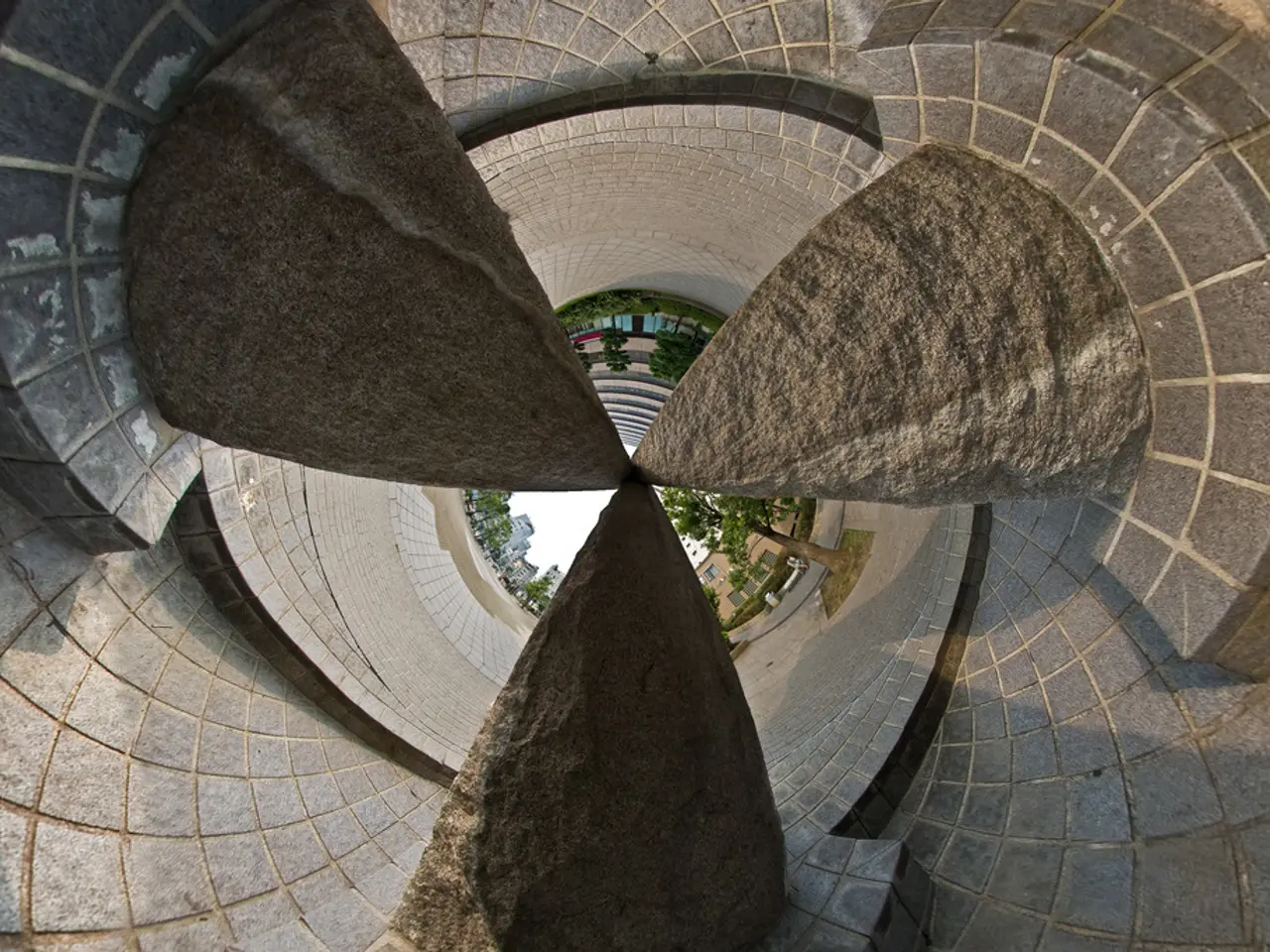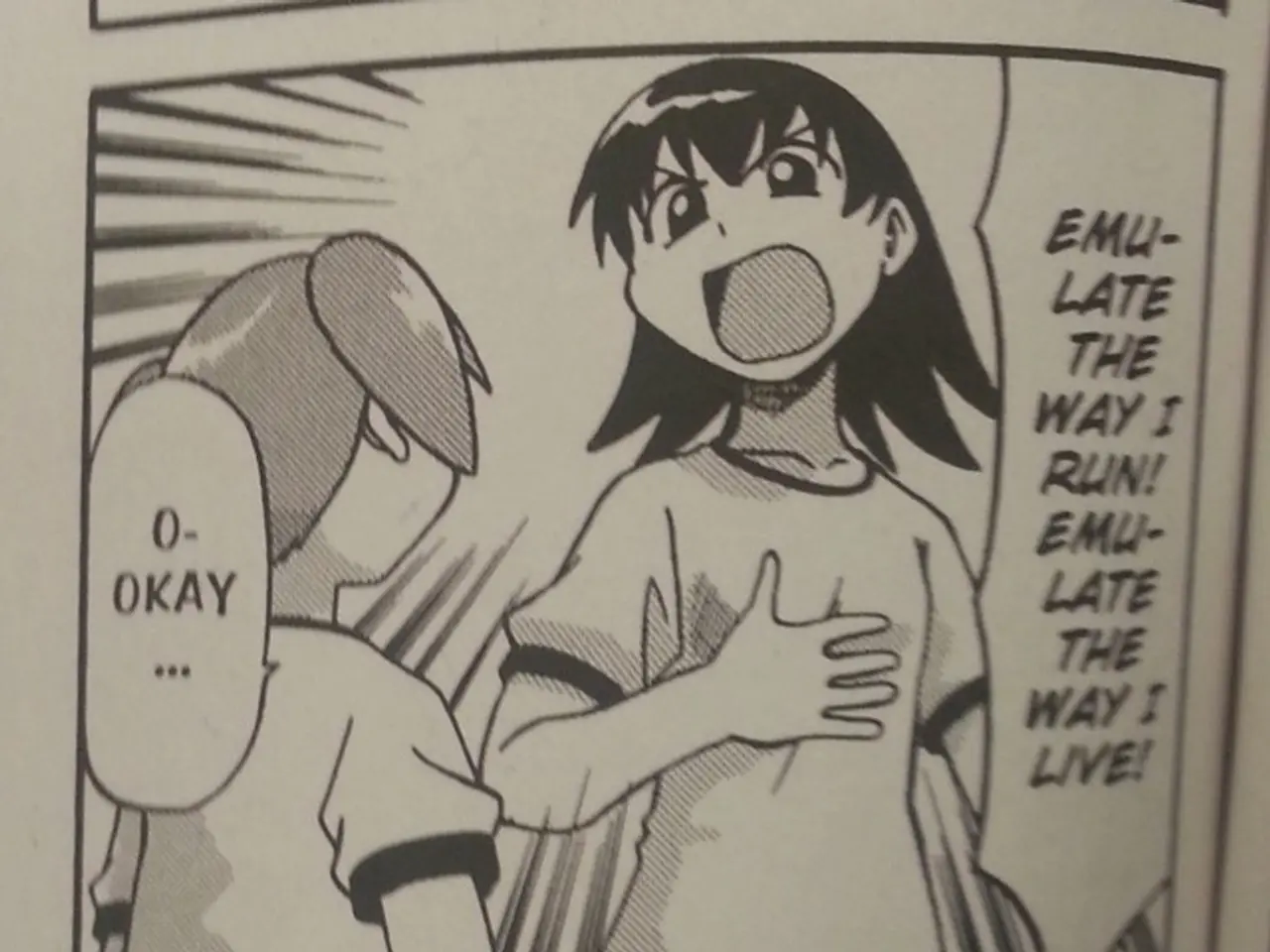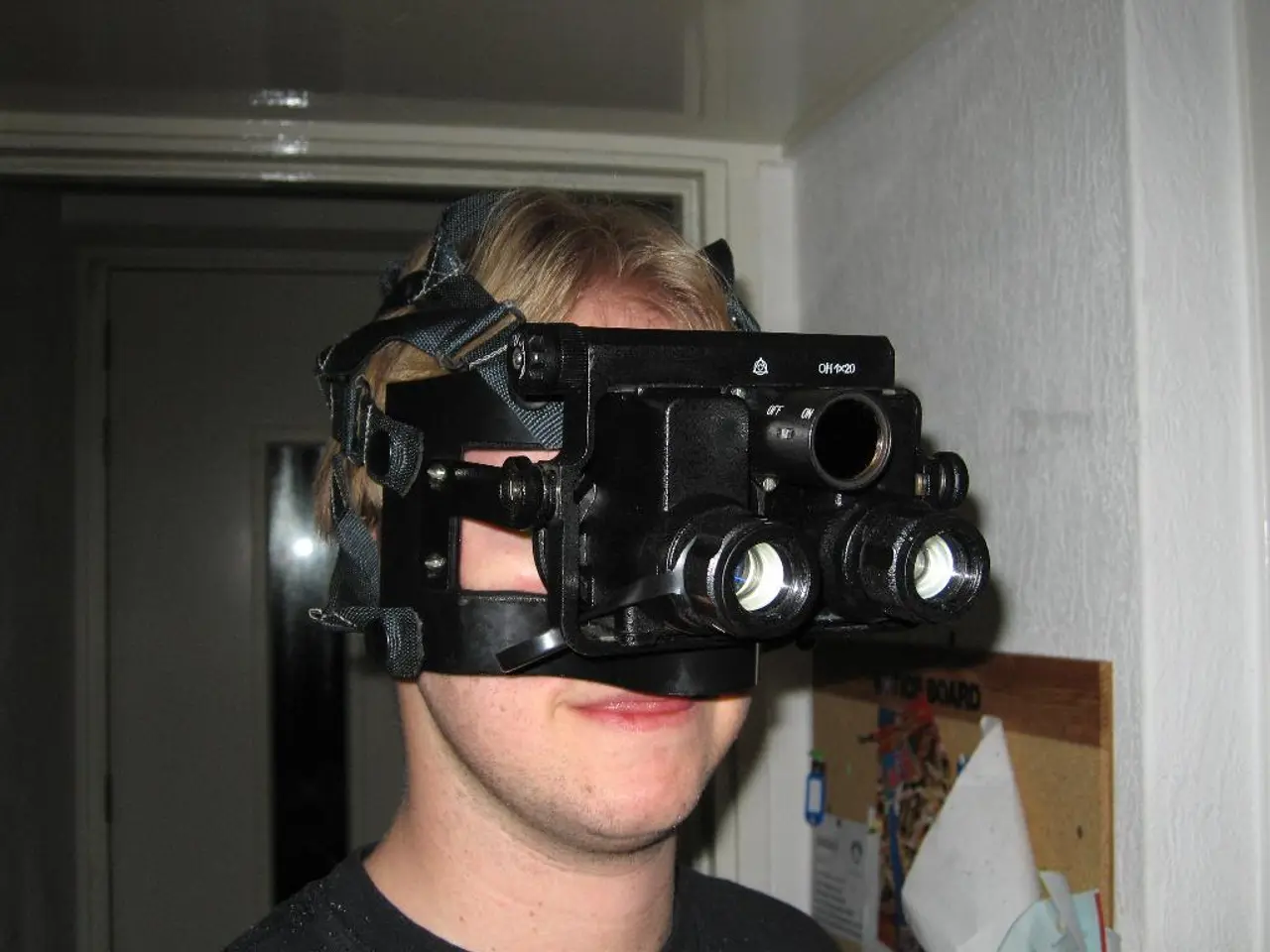Kiarostami's Film Design Through Subtraction
In the world of cinema, few directors have challenged conventional storytelling as profoundly as Abbas Kiarostami. A pioneer in Iranian cinema, Kiarostami's films, such as The Traveller (1974) and Where Is the Friend’s House? (1987), showcase a significant shift in his cinematic aesthetic that has been meticulously analysed by film theorists like Joan Copjec and Youssef Ishaghpour.
The Traveller presents a Western-influenced mimetic tradition, with settings like streets and houses serving primarily as backdrops for the story's action. Human action dominates and gives meaning to the world, reflecting a worldview where the human drama takes centre stage.
In contrast, Where Is the Friend’s House? employs a more "oriental" or Persian miniature-inspired approach. Repetition of places and actions creates a rhythmic, ornamental dimension beyond linear time or plot. This shift signifies a worldview where the world itself is greater than the human drama within it, emphasizing the "paradisical" quality of Persian miniature art.
Copjec, drawing on critic Jean-Louis Comolli and Ishaghpour's interpretation, underscores that Kiarostami's later film articulates an "oriental" aesthetic that Western and even Iranian audiences might overlook. This aesthetic softens the forward movement of narrative time, creating a cinematic space where time and narrative progress are less tightly linked, opening a contemplative dimension beyond conventional storytelling.
This difference is key to understanding Kiarostami’s distinct place in world cinema. His art is not a minimalist art but an art of plenitude, of expansion. The image in his films refuses to bow down or make itself subservient to reality. Instead, it exists in an indeterminate world, resisting humanist or historicist readings.
One of Kiarostami's earliest works, Bread and Alley, a 10-minute black-and-white film featuring a young boy negotiating past a menacing-looking dog, is considered significant as it is believed to herald the Kiarostami aesthetic and paradigm.
Critics have accused Kiarostami of being indifferent to the plight of women, turning his back on his own culture, and making films for touristic gaze. However, evidence in his films indicates or manifests an unseen, suggesting a deeper engagement with his cultural context.
Where Is the Friend’s House?, Kiarostami's masterpiece, is devoid of dialogue, with the central "action" ceasing to belong to the order of (narrative) facts and opening some other fictive order. The house's unimpeachable wrongness stands out as simply inexplicable in the film. The act of friendship Ahmad wishes to perform cannot and will not be accomplished by returning the book he acquired in error.
The film's soundtrack includes the Beatles song, "Ob-La-Di, Ob-La-Da," adding another layer of complexity to this intriguing narrative. The differences between The Traveller and Where Is the Friend’s House? are significant, with the latter showing repetition that opens within the abstract temporality of the narrative, creating a surplus elsewhere.
Ishaghpour's analysis suggests that Kiarostami adopts a refined "oriental" aesthetic in his later work, which may have evaded not only the perception of Western audiences but of Iranians as well. This aesthetic softens the forward movement of narrative time, creating a cinematic space where time and narrative progress are less tightly linked, opening a contemplative dimension beyond conventional storytelling.
Joan Copjec, Professor of Modern Culture & Media at Brown University and the author of "Read My Desire", "Imagine There's No Woman", and "Cloud: Between Paris and Tehran", is one of the scholars who has delved into Kiarostami's work, investigating cultural and artistic exchanges between Iran and the West. Her interdisciplinary method combining psychoanalysis, philosophy, and cinema studies aligns with the nuanced comparison and interpretation found in her analysis of Kiarostami's films.
In conclusion, Kiarostami's transformation from a realism focused on concrete narrative progression and human agency (The Traveller) toward a poetic, layered, and more spatially and temporally fluid cinema (Where Is the Friend’s House?) reflects deeper cultural and aesthetic philosophies rooted in Persian art traditions. This difference is key to understanding Kiarostami’s distinct place in world cinema as an artist who challenges Western cinematic conventions through a uniquely “oriental” perspective on time, space, and human interaction.
Books delving into the complexities of Kiarostami's work, such as Joan Copjec's "Imagine There's No Woman" and "Cloud: Between Paris and Tehran," often discuss his films in the context of education-and-self-development, offering insights into his cinematic aesthetics.
In the realm of entertainment, Kiarostami's masterpiece, Where Is the Friend’s House?, offers an unconventional narrative structure, weaving elements of Persian miniature art, repetition, and a beatles song, creating a unique blend of entertainment and education.




